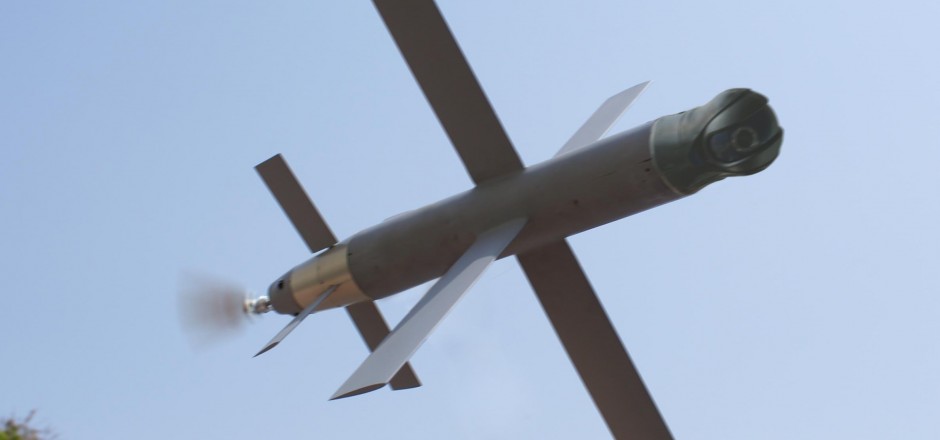
The major role of Israeli made Loitering Weapon Systems (LWS) in the war between Azerbaijan and Armenia has had an immediate effect in that the U.S special forces will accelerate the acquisition of the Israeli made HERO-30 system. Other Israeli manufacturers of such combat proven systems are trying to sign coproduction agreements with U.S companies amid the expectation of growing demand in the U.S armed forces.
The U.S Special Forces have been evaluating a special version of the HERO-30, made by Israeli company Uvision. This company has signed a joint venture with Raytheon and though a final demo has been delayed time after time, Israeli sources say that the current war has “awakened” the process.
Another systems made by Uvision, the HERO-120, is already competing in a tender aimed at replacing the 120 mm mortars of the U.S Marines with LWSs. Video footage from the war zone showed the massive use of Israeli LWSs by Azerbaijan, which until some years ago was looked at as a “supplemental” weapon systems, is proving itself as a major tool in combat, an Israeli defence source said.
In Service
One of the main loitering weapon systems used by Azerbaijan in the fighting is the Israel Aerospace Industries (IAI) HAROP, a system developed to destroy high quality targets. It consists of the munitions unit, transportable launcher and a mission control shelter, which provides real-time access to control the HAROP by a man-in-the-loop. The system can be launched from various transportable platforms including sea and ground based canisters or air launched to navigate towards the potential target area. It can be launched at any angle, horizontal or at a vertical trajectory. The sealed container ensures protection from harsh battlefield conditions. The HAROP is armed with a 16 kg warhead and is equipped with a very advanced day/night payload (POP-250) made by the Tamam division of IAI.The current conflict comes fives years after Raytheon teamed with Uvision in an attempt to get orders to supply the Israeli developed HERO-30 loitering weapon system to the U.S special forces command under the U.S Army’s lethal miniature aerial missile systems (LMAMS) tender expected in the coming months.
The tender is aimed at the purchase of 25,000 LWSs in a 15 year period and if the HERO-30 is selected, Raytheon will serve as the main contractor according to the contract. The special derivative of the HERO-30 LWS will be lighter and will carry a smaller warhead but will be capable of hitting the target very accurately.
The current version of the HERO-30 weighs 6.5 pounds, armed with a one pound warhead and carried in a canister that is used also as a pneumatic launcher. After launch, the electric motor is turned on which provides the HERO-30 with an endurance of 30 minutes.
Competition
In addition to this effort, fellow Israeli UAS manufacturer Aeronautics has also joined the development effort and unveiled its new ORBITER 1K LWS. This system has also been used by Azerbaijan in the current fighting, according to foreign sources. ORBITER 1K is launched from a catapult and can fly for 2.5 hours carrying a multi-sensor camera with day-and-night channels.Aeronautics says that given a specific waypoint, the loitering ORBITER 1K can detect and destroy a moving or a stationary target. In case the target wasn’t detected or in any change of plans, the system’s recovery capability allows it to return to its base camp and land safely using a parachute and an airbag.
With these developments in mind, the war between Azerbaijan and Armenia is without doubt a turning point where LWSs are concerned.

Increased Focus on Loitering Weapon Systems - European Security & Defence
Loitering weapons systems have long been seen as a nieche capability but current use in the war between Azerbaijan & Armenia has increased focus on them.
 euro-sd.com
euro-sd.com


